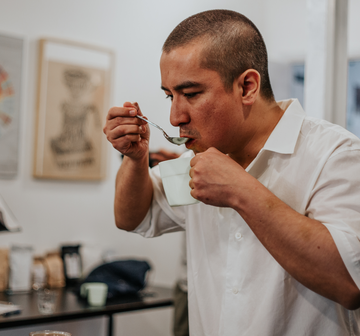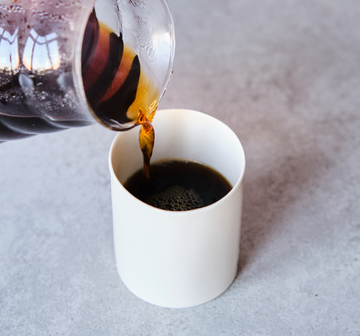MAIN PROCESSES
Surely you have ever wondered how caffeine is extracted from coffee? Well, there are several methods that have been modified and perfected over the years. The main ones are: Decaffeination by chemical solvents, decaffeination by water, and decaffeinization with supercritical fluids: CO2.
In most decaffeination processes, the caffeine is extracted from the green coffee, before it is roasted and ground. Nowadays, the processes have evolved a lot, reaching 99% caffeine extraction. To get a good decaffeinated coffee, we must start from a good grain of equal quality.
A good decaffeinated starts from a quality bean. Low-quality coffee is still just as bad with or without caffeine.

DECAFFEINIZATION BY CHEMICAL SOLVENTS
DECAFFEINIZATION WITH SUPERCRITICAL FLUIDS
Competing in the cool name category with Swiss Water , we have this process with supercritical fluids . CO2 is the most common supercritical solvent, although others exist. At a given temperature and pressure it behaves partly like a liquid (solvating power), partly like a gas (diffusing power). The process is the following:
The coffee beans are soaked in pure water. In this way, the pores open and the caffeine molecules begin to move. Carbon dioxide (100% natural) is then added at 100 atmospheres of pressure to the water, creating sparkling water. The carbon dioxide acts like a magnet and attracts the caffeine molecules. When the caffeine is captured, carbon dioxide is removed from the water. This element is very selective and does not affect the carbohydrates and proteins of the grain. After the extraction process the seeds are dried naturally. The carbon dioxide is then recycled and the caffeine is sold for commercial uses.
Advantages : extracts caffeine very effectively. It does not use chemicals in the process, even though it is a direct contact method. It does not affect the proteins and carbohydrates of the grain. It is a natural method and 100% recyclable.
Disadvantages : cost of the process due to the initial investment in machinery and subsequent maintenance.
20% of world production is made using this method.

So far a quick overview of the main methods to extract caffeine from the grain. It is essential to be clear that the starting point is always quality coffee . And that sometimes...






